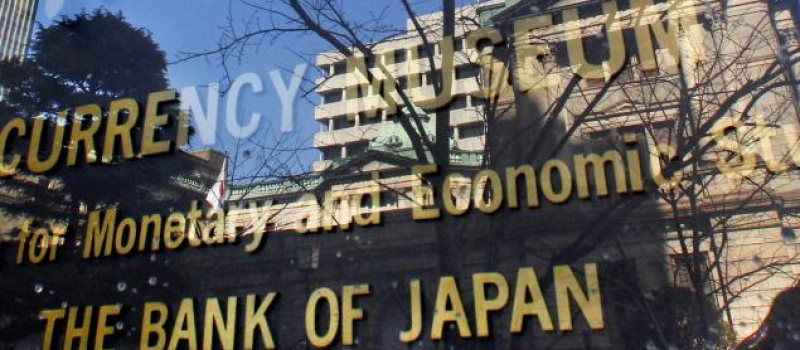Summary:
Welcome to our panel on recent actions by the Bank of Japan. Mr Kuroda always seems to be able to surprise the markets, and last Friday was no exception. We asked our EconVue experts who focus on Japan to comment. Robert Madsen says that "the best bet is that stagnation persists” and that a more adventurous BOJ policy could have negative ramifications in the rest of the global economy. Nick Benes believes that the Bank of Japan should refuse any further actions until structural reforms begin, and fears distortions in the stock market that large ETF purchases will bring. Rick Katz thinks that a combination of fiscal stimulus and monetary easing is necessary.







Comments